It had already been seven decades since his death when I first became aware of Khalil Gibran in the early 2000s. His books, translated into Indonesian, were on display at a narrow section of a department store in the small city where I spent my teenage years. Several years later I found out that he was Lebanese, and that was the first thing about Lebanon which was not related to the civil war that I had ever learned, for like most Indonesians, I grew up reading about the bloody conflict that engulfed the Middle Eastern country and based my perception of it solely on this unfortunate chapter of the nation’s history.
During a lunch break three years ago, I learned about the town of Bsharri from a travel book that I read at a bookstore in a mall next to my office. The short article mentioned how this tranquil part of Lebanon was the home of the great writer, poet and artist whose books have been published in more than 100 languages. I have never read any of his works, but the prospect of traveling to this far-flung location with breathtaking vistas that also happens to be the birthplace of a world-renowned figure was something I could not resist. So when the opportunity to visit Lebanon came, I made sure to include Bsharri and its surrounding areas in the itinerary.
* * *
James and I passed Bsharri yesterday on our way from Beirut to Al Arz, home to the Cedars of God. However, everything looked dark and gloomy as Wafik drove through the fog-shrouded town. I could point out the cathedral, but not the deep, canyon-like valley Bsharri supposedly overlooks.
On our second day in Al Arz, we wake up to a pleasant surprise – probably the best one throughout our week-long sojourn in Lebanon. I open the curtains and can’t believe my eyes and my luck: clear, blue skies allowing the sun to shine brightly, its rays brilliantly reflected by the thick snow that hasn’t melted since the day before. Bsharri is about half an hour away downhill by car from Al Arz, if we can find any to begin with. Fortunately, Rafael, the hotel owner, was very kind as last night he offered to take us to the town this morning on his way to pick up his daughter for a regular medical check-up. Rafael himself is the embodiment of Lebanese hospitality. In the late afternoon on our first day in this cold corner of the country, he provided us with all sorts of treats, including apples from his own farm, assorted nuts and fried snacks, freshly-cut carrot sticks dipped in lemon juice, and hot chocolate, all on the house. He doesn’t smile a lot, but his determination to send us to bed with full stomachs was very heartwarming. Before we retreated to our bedroom, he gave us one more thing to try: pita bread stuffed with homemade fig and walnut jam. At this point I was already so full, but that jam was so good I wished I could take it back to Indonesia.
As we step out of our room and walk to the resort’s common area to have breakfast, we are surprised (the second pleasant surprise we get so far) to find a feast of cheeses, manoushe (Lebanese-style flatbread) with a generous amount of za’atar (a mix of Middle Eastern herbs) drizzled on top, omelettes, fresh tomatoes and cucumbers, cakes, and a few other dishes. “This is all for you,” Rafael emerges and convinces us to savor all of them. We eat as much as we can, but in the end we can only manage to finish a little over half of everything. With our palates satisfied and our stomachs happy, we are ready to go.
Leaving the hotel, it becomes clear how sunny the day is. I look around and am mesmerized by the snowy wonderland stretching as far as the eye can see, but this very moment I also realize what people mean when they talk about the danger of snow blindness. There is, however, another imminent danger I should’ve paid more attention to. As I walk toward Rafael’s old SUV, thin sheets of ice immediately crack when I step on them, thanks to my complete unawareness of the presence of these transparent land mines. After almost falling several times, I successfully hop into the car without any embarrassing incident.
Rafael drives us toward Bsharri over mountain roads that meander through the peaks of this part of the Mount Lebanon range. Halfway to the town, he takes a right turn down a narrow road that goes to a house where a man has already been expecting him. Rafael turns off the engine and goes inside the house, and we head toward the edge of the cliff for what is laid before our eyes is a jaw-dropping view of the Qadisha Valley (Qadisha means holy in Aramaic, the language Jesus spoke) which, together with the forest of the Cedars of God in Al Arz, was inscribed on the UNESCO World Heritage list in 1998.
I thought the view from Al Arz was amazing, but this is beyond words. From where I am standing, blue skies, snow-capped peaks, verdant slopes, and steep rocky walls all fit into one frame. Making it more dramatic are waterfalls running down the tall cliffs, as well as churches and cathedrals with bright orange roofs scattered all over the valley. I can’t help but think of Rivendell, the abode of some of the elves in the fantasy world of The Lord of the Rings which is depicted as a lush and peaceful valley where waterfalls flow into a river. It is believed that J. R. R. Tolkien might have been inspired by Lauterbrunnen when he created Rivendell, but since I’ve never been to Switzerland, the Qadisha Valley is the closest thing to this fictional place I have ever come across. This was the view we failed to see on the day we arrived from Beirut. This was the landscape that piqued my interest in this part of Lebanon a few years ago. And now it’s showing its majesty to us.
I return to the car where Rafael and his friend have finished loading crates of freshly-picked apples. “My friend, take a photo of us,” the other guy says to me while pulling Rafael closer to him. They both grin and afterward we are given four apples – two for each of us. Where else can you find people who ask you to take photos of them, don’t expect anything in return, and give you something for free instead? We thank him for his kindness and hospitality, and in no time the three of us are back on the main road toward Bsharri.
Bsharri (also spelled Bcharre thanks to the strong French influence in this part of Lebanon) is a town of 24,000 people and the capital of an eponymous district that is predominantly Maronite Christian. Its location near the Cedars of God and the Qadisha Valley – the latter being home to among the oldest Christian monasteries in the world – makes it an important place for the country’s Christian community. In addition to dozens of monasteries in the valley that date back over 1,000 years, Bsharri is also known for its many churches, with Saint Saba Cathedral and Our Lady of Bsharri Church as the most prominent structures of the town’s otherwise modest skyline.
Rafael drops us across from Saint Saba Cathedral and points at a narrow path near the large orange-domed structure which, he tells us, will lead us to the valley. We follow his directions and take the stairs to go from the town all the way down to the road that links Bsharri to Tripoli on the coast. We cross the empty but well-maintained asphalt road, and after taking a short detour to a curve where it bends to get a different vantage point of the spectacular landscape, we return and descend deeper to get a closer look at the valley.
A lush tapestry of green and yellow stretches all the way to the bottom, as well as to the far end of the gorge, interspersed with small man-made terraces on which vegetables are grown. Opposite us is an imposing wall of steep cliffs capped with buildings big and small, beautiful and modest, bright and drab, religious and secular. A visit to the Qadisha Valley typically involves an hours-long hike across the valley with stopovers at some of its oldest and most famous monasteries. But we think to truly appreciate the valley and everything in it, we would need another day, or another visit, for the precious few hours that we have this time won’t do this place justice. Still, it’s enough for us to confidently say that this, of all the places we’ve been to so far, is definitely among the most marvelous.
We return uphill to the town with a few short breaks in between. We’re more than 1,400 meters above sea level, so our lungs – more accustomed to the polluted air of low-lying big cities – need to do some extra work. Bsharri itself exudes a relaxing, Mediterranean vibe, and when we walk toward our next destination – the Gibran Museum – to the east of the town’s center, we get curious looks from the locals probably because not many East/Southeast Asians travel to this part of Lebanon, or the country itself in general. I smile at them and they smile back, a universal way of communication that works almost everywhere.
The museum itself does not look prominent as it was in fact a monastery dedicated to Mar Sarkis (Saint Sergius) with its chapel and a few cells hewn into the limestone cliff. Prior to his death in 1931, Gibran expressed his wish to be buried in Lebanon (at that time he was living in New York), and this was fulfilled by his sister who, a few months after her brother’s death, purchased the Mar Sarkis monastery from the Carmelite Mission in Syria which was responsible for the compound. Today, the Gibran Museum is a small but intriguing museum showcasing the artist’s work which, to my surprise, encompasses not only literature but also paintings. It’s actually the latter that take center stage at this museum, occupying a series of chambers where monks once resided.
By the time we finish exploring the museum, with a visit to the crypt some people may find spooky, we head to an open-air canteen adjacent to the building. Three cats are rubbing their bodies against some tourists from India who are feeding them, and as soon as they leave, the friendly felines turn their focus on us, which I absolutely don’t mind. Behind the counter of the sole stall there is a lovely lady who introduces herself as Darene. With her limited English, she tries her best to explain some of the dishes on the menu we’re not too familiar with. We try to use French as well which she can speak better, and we end up ordering one that we didn’t get to try in Beirut. Moments after she brings the food to us she curiously asks us a question.
“Where are you from?”
“Indonesia,” we both reply. It would probably too complicated for James to explain where he’s actually from, so he chooses the easy answer.
Then she grins and her face lights up. She then recalls how a few weeks earlier a group of Indonesians organized by the Indonesian embassy in Beirut visited the museum and ate at her stall. She continues by saying how kind and friendly they were, and solely because of that reason she’s thinking of traveling to Indonesia with her daughter. We share some recommendations with her of places in the country she may find interesting, and we also explain that due to its size, Indonesia is not a country that can be ‘done’ in just a few days.
As a token of gratitude and a hospitable gesture, she hands us several cookies that she made herself, and as if that’s not enough, when we walk back to Bsharri she gives us a lift. “I’m going to pick up my daughter from school,” she says – the third nice surprise we get on this one day alone. She leaves us near where we were dropped off that morning by Rafael, but this time we’re visiting the house where Khalil Gibran was born. There is nothing fancy about the childhood home of the great artist. On the contrary, it showcases the hardships he and his family had to endure under Ottoman rule.
The day is beginning to get dark, and we’re looking for a taxi to take us back to Al Arz up in the mountains. Then, one stops by right in front as the driver sees us. His name is Waleed, and after agreeing on the price, we hop in and let him drive us back to the snowy wonderland to spend one more night there. We couldn’t have wished for a more satisfying day.
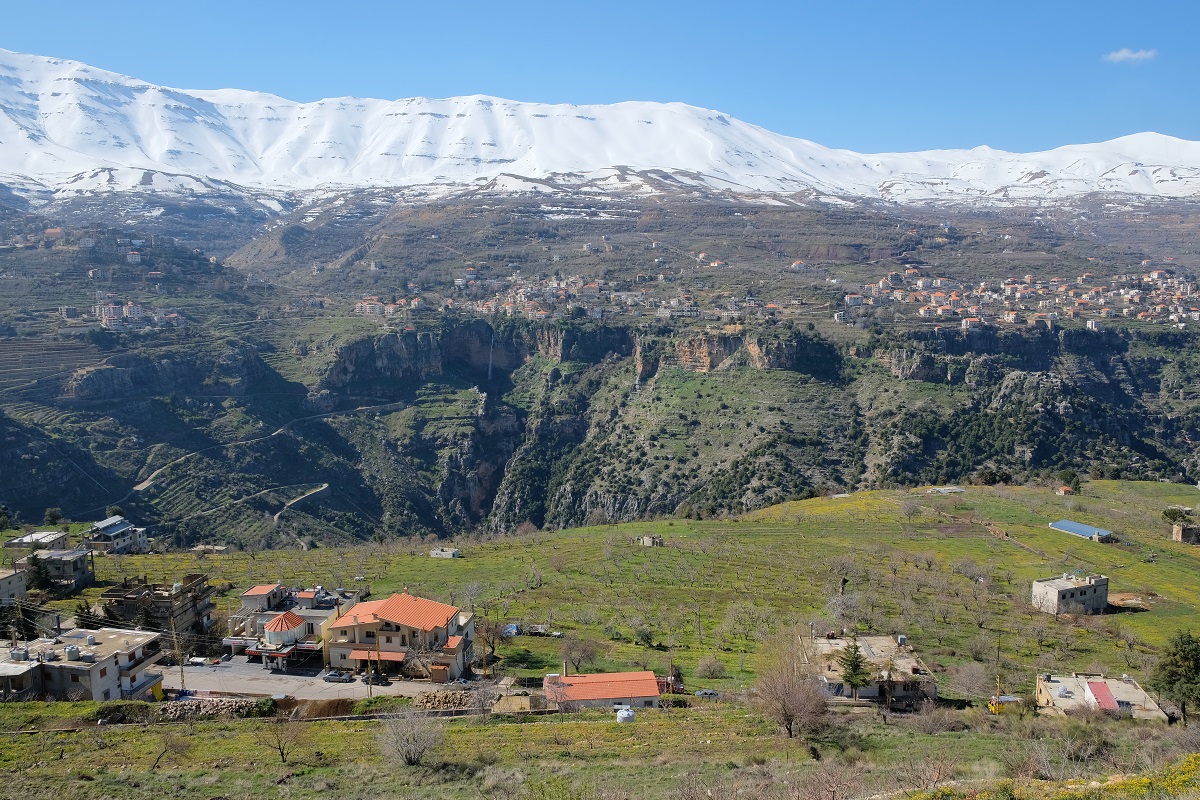
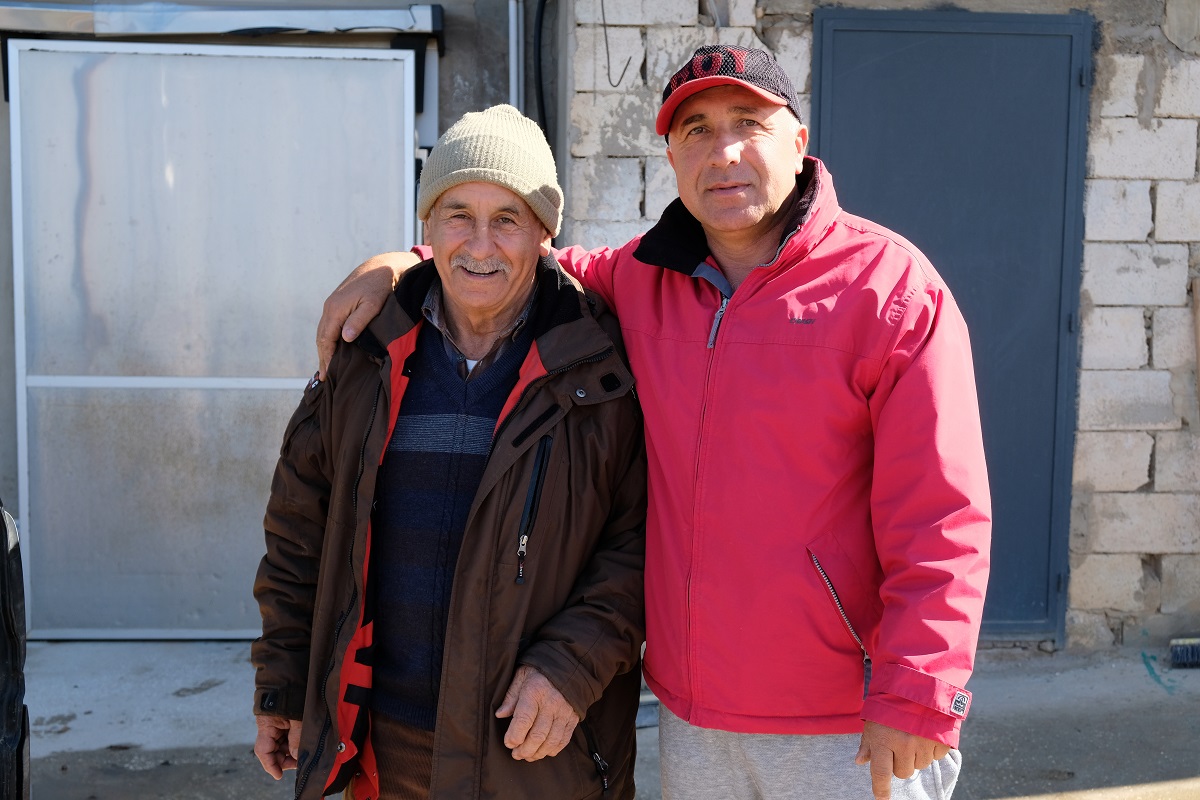
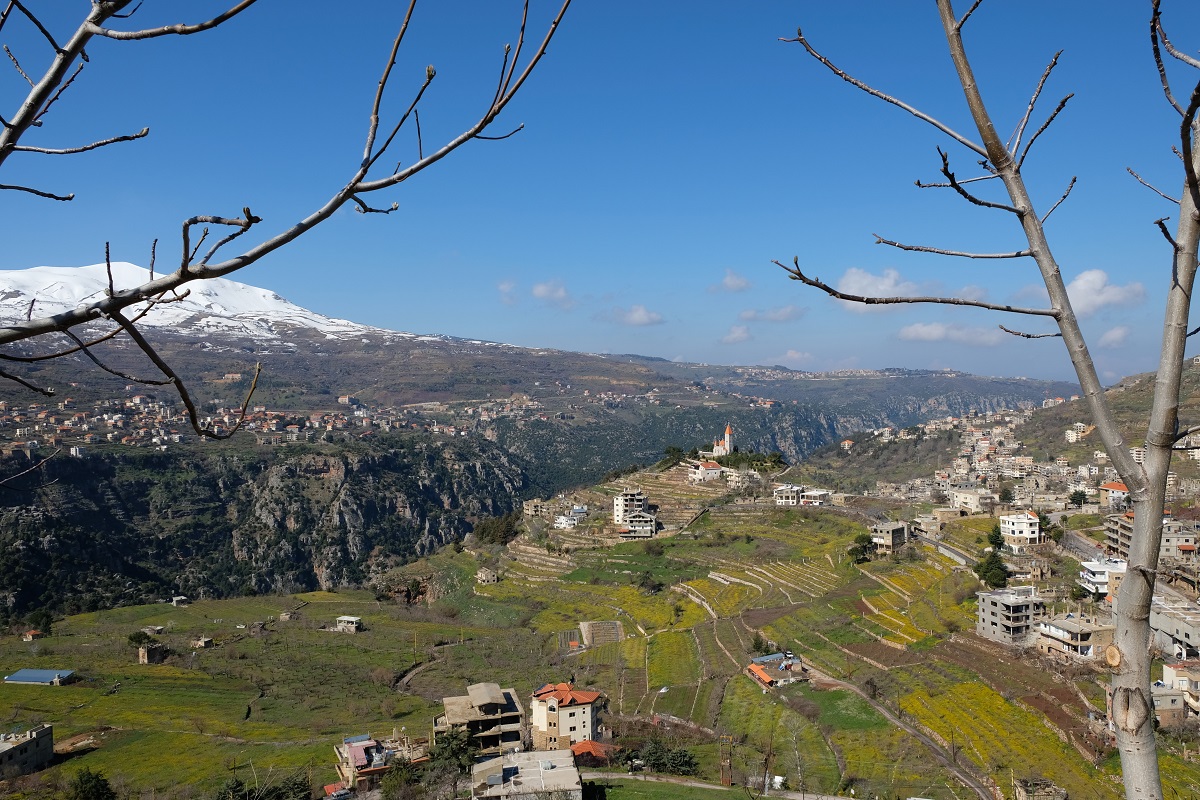
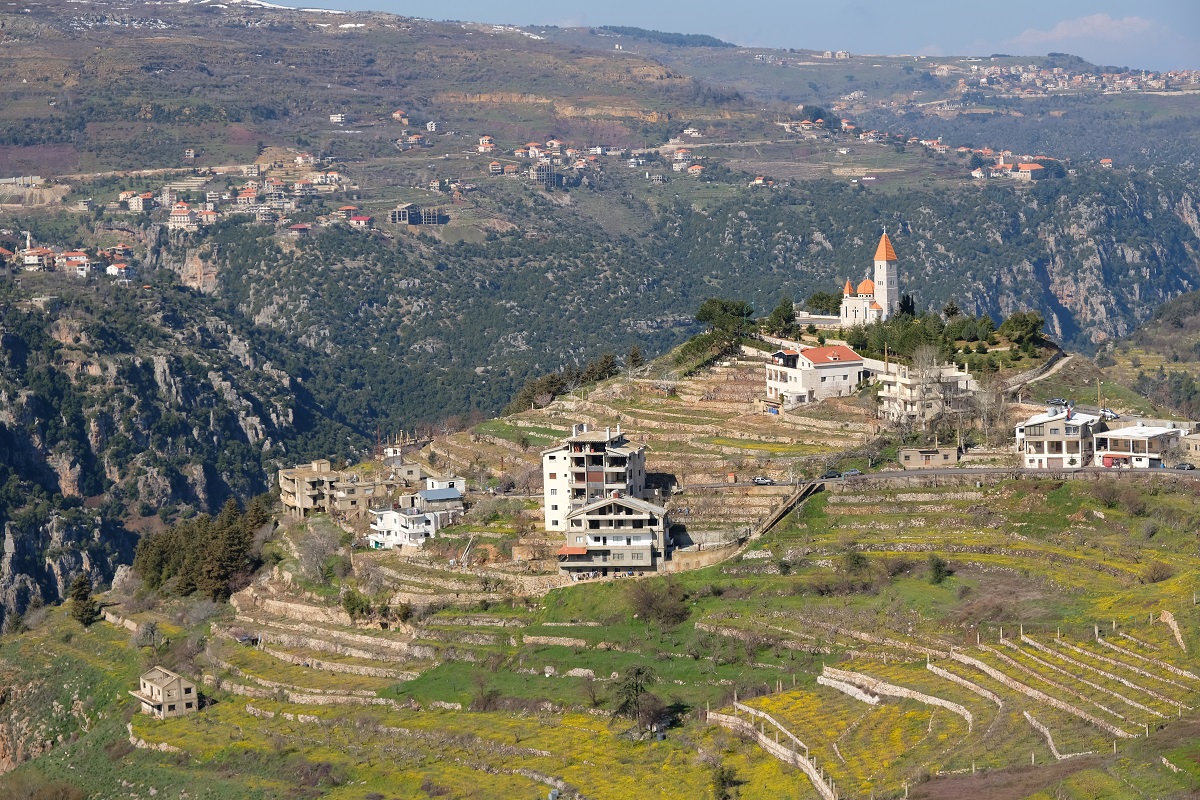
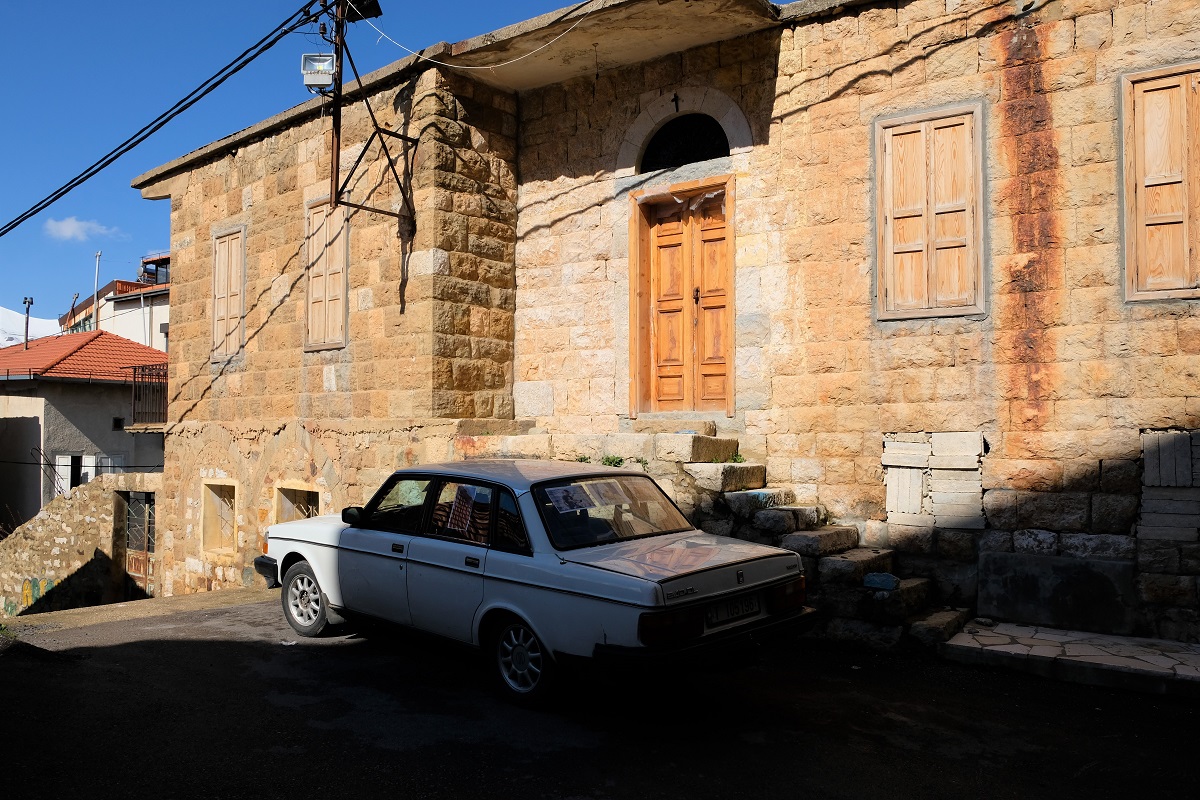
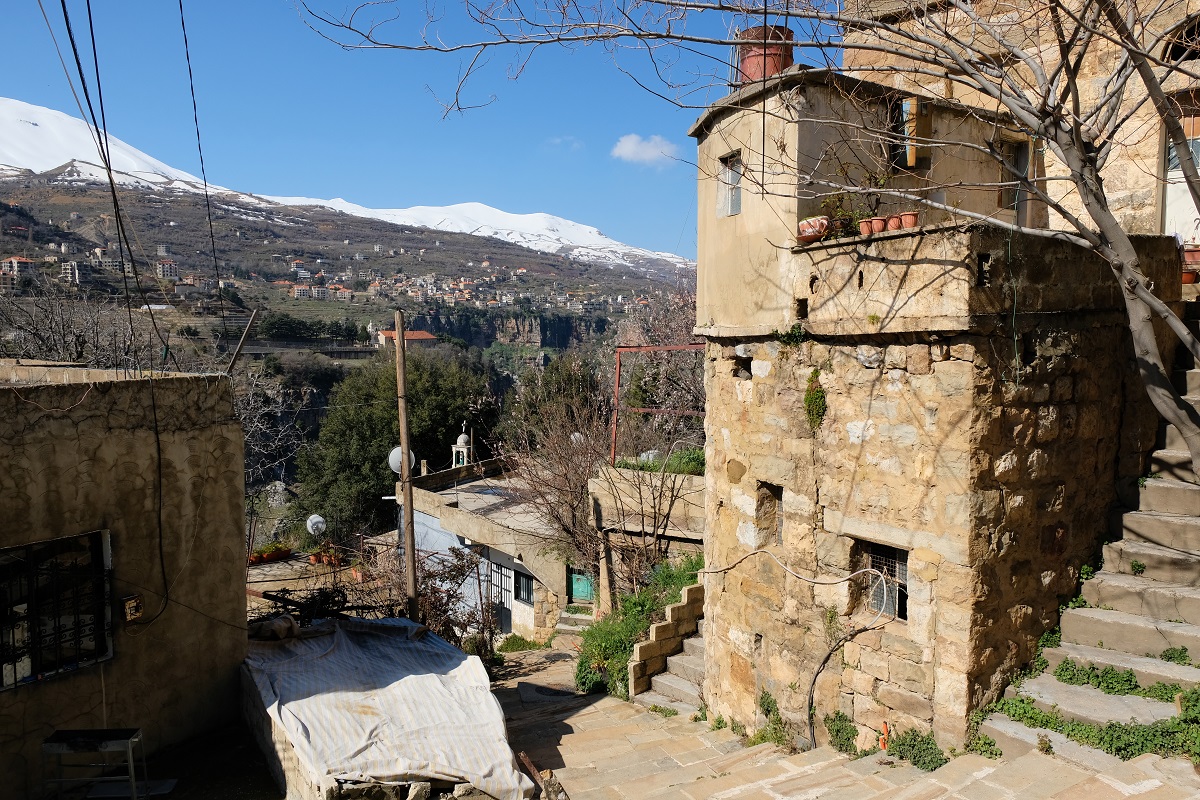
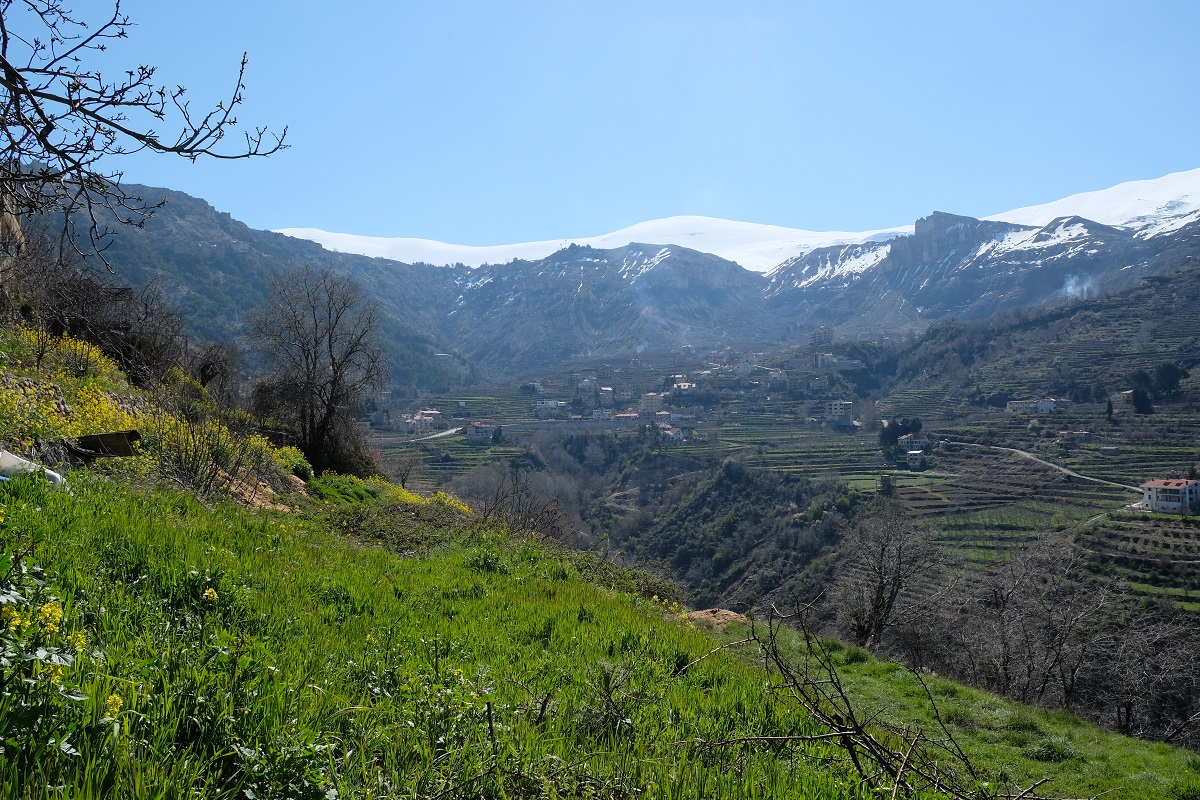
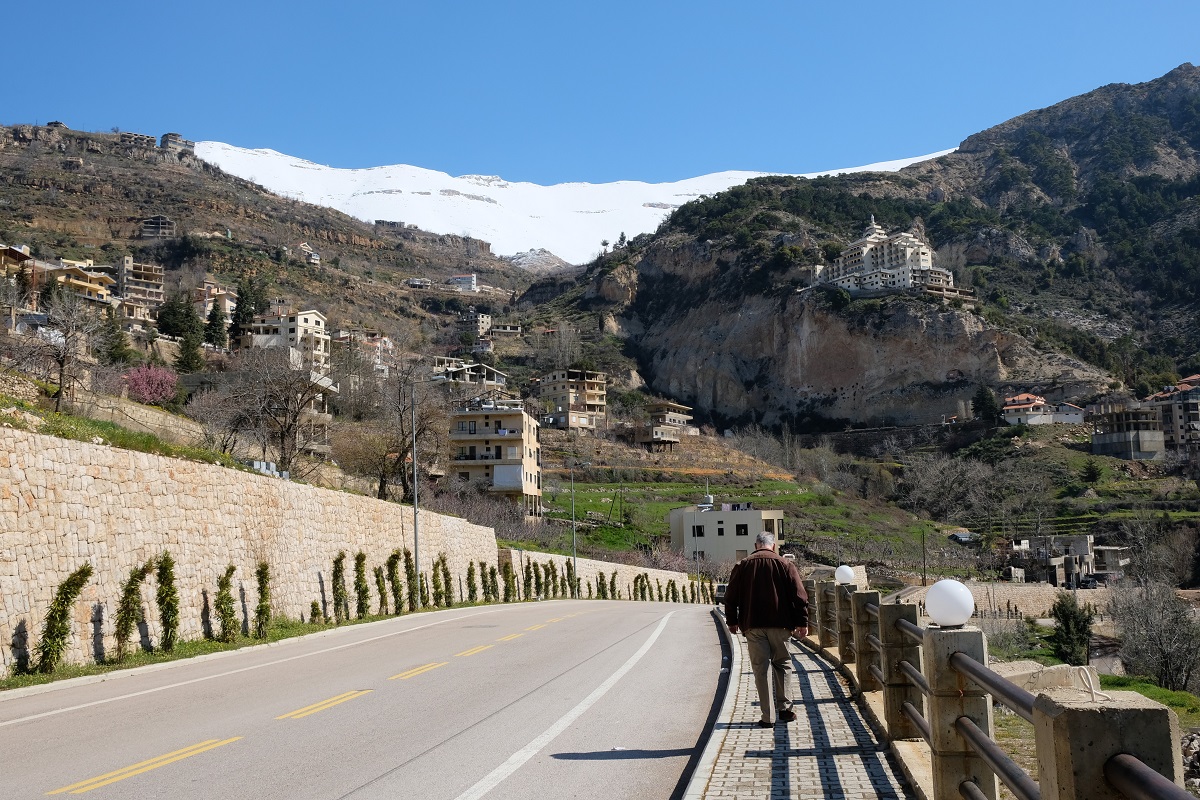
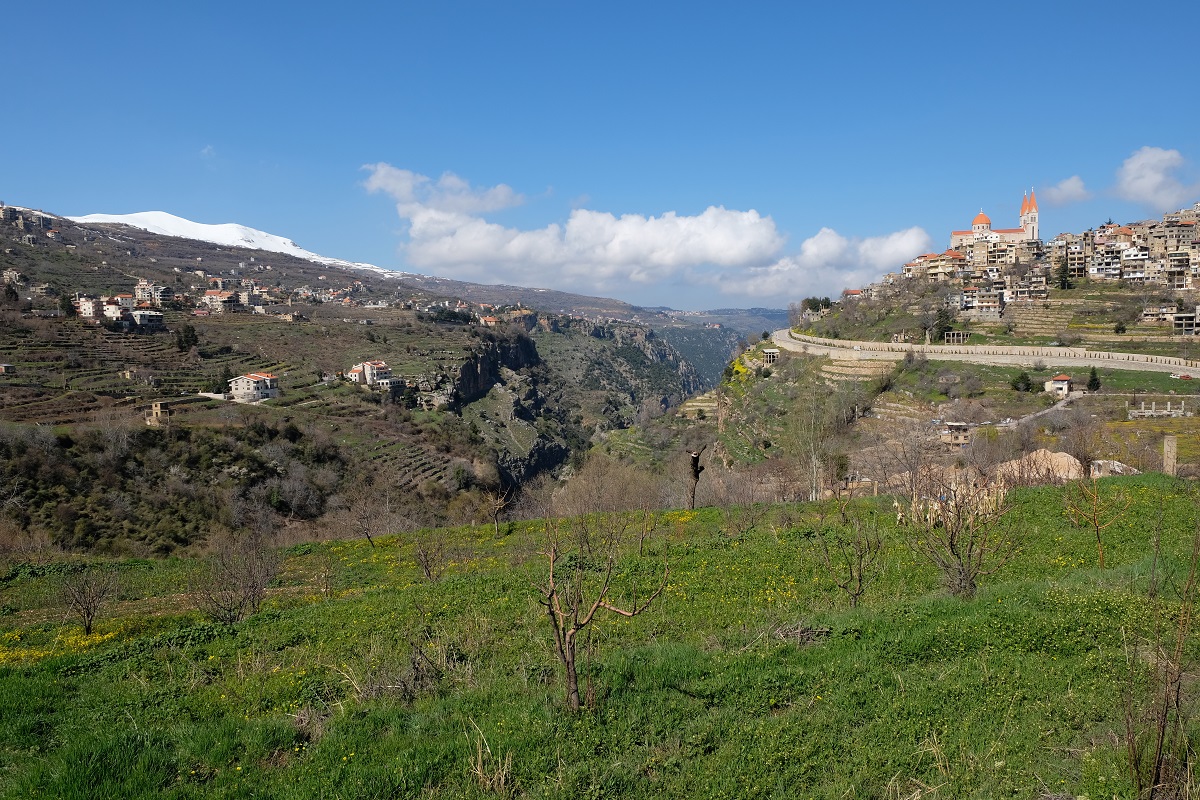
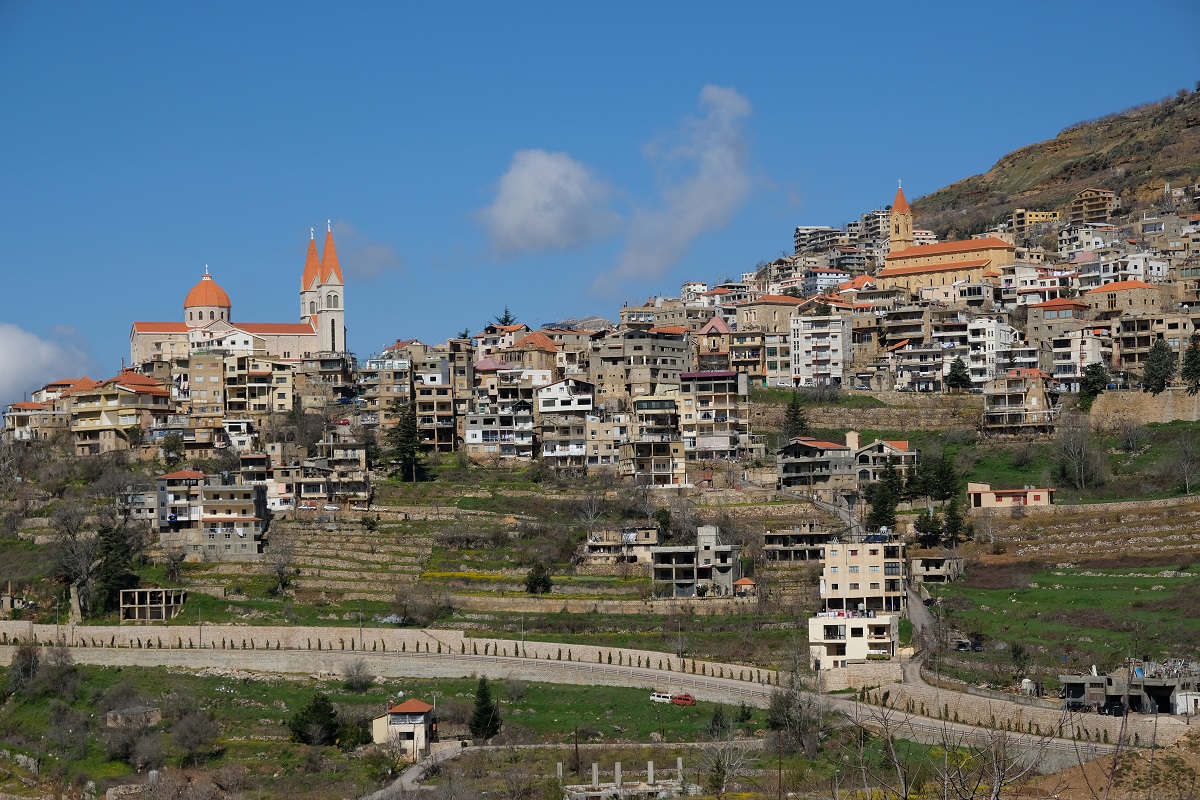
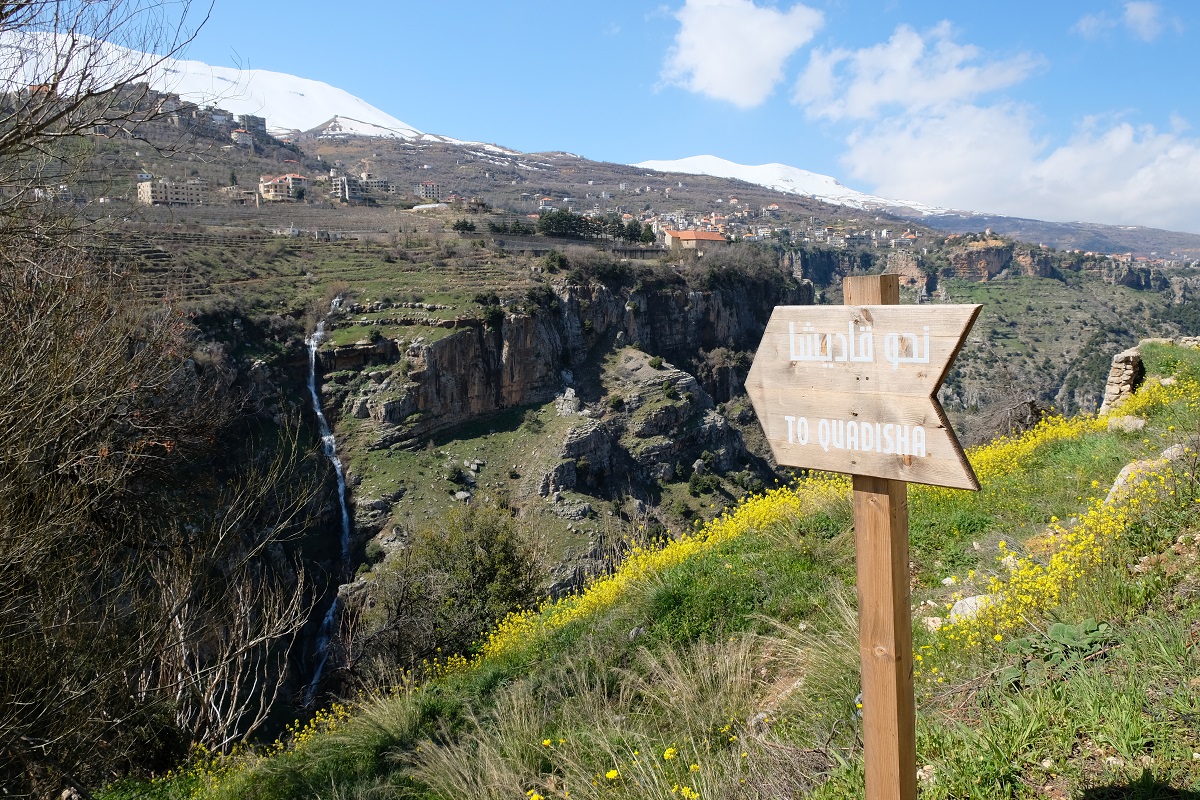
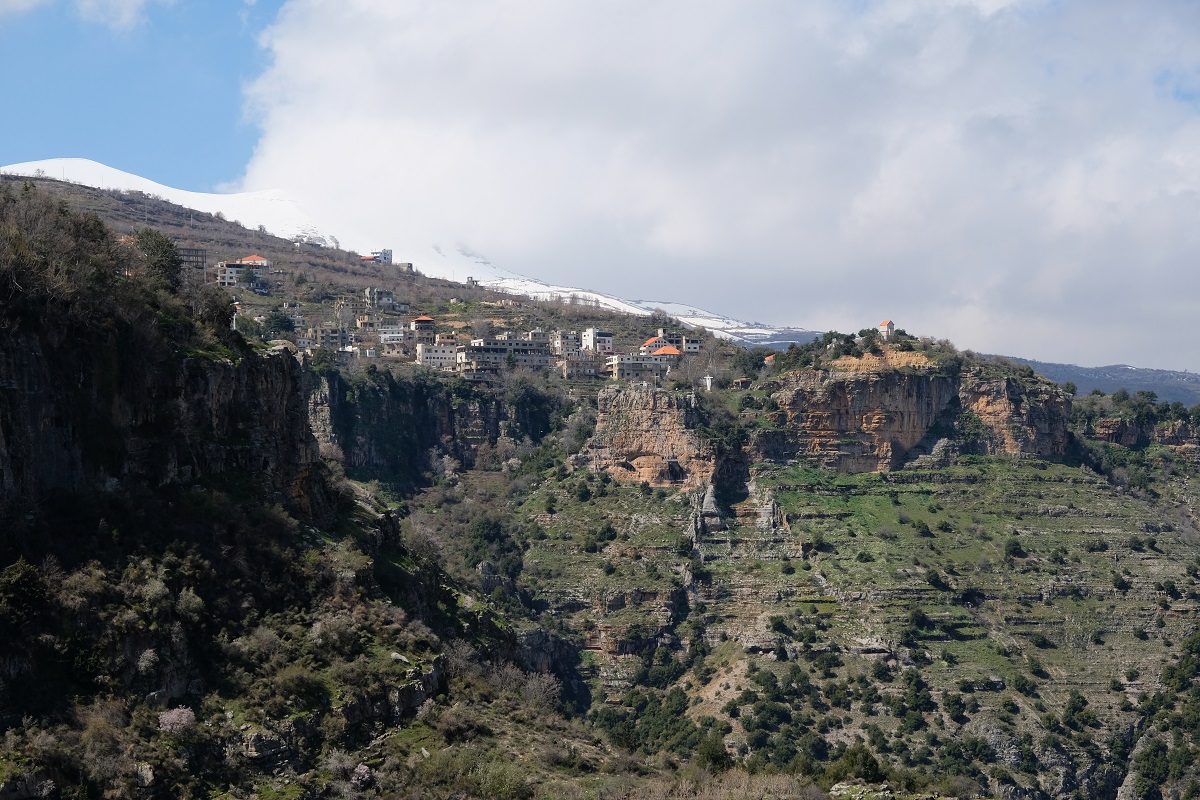
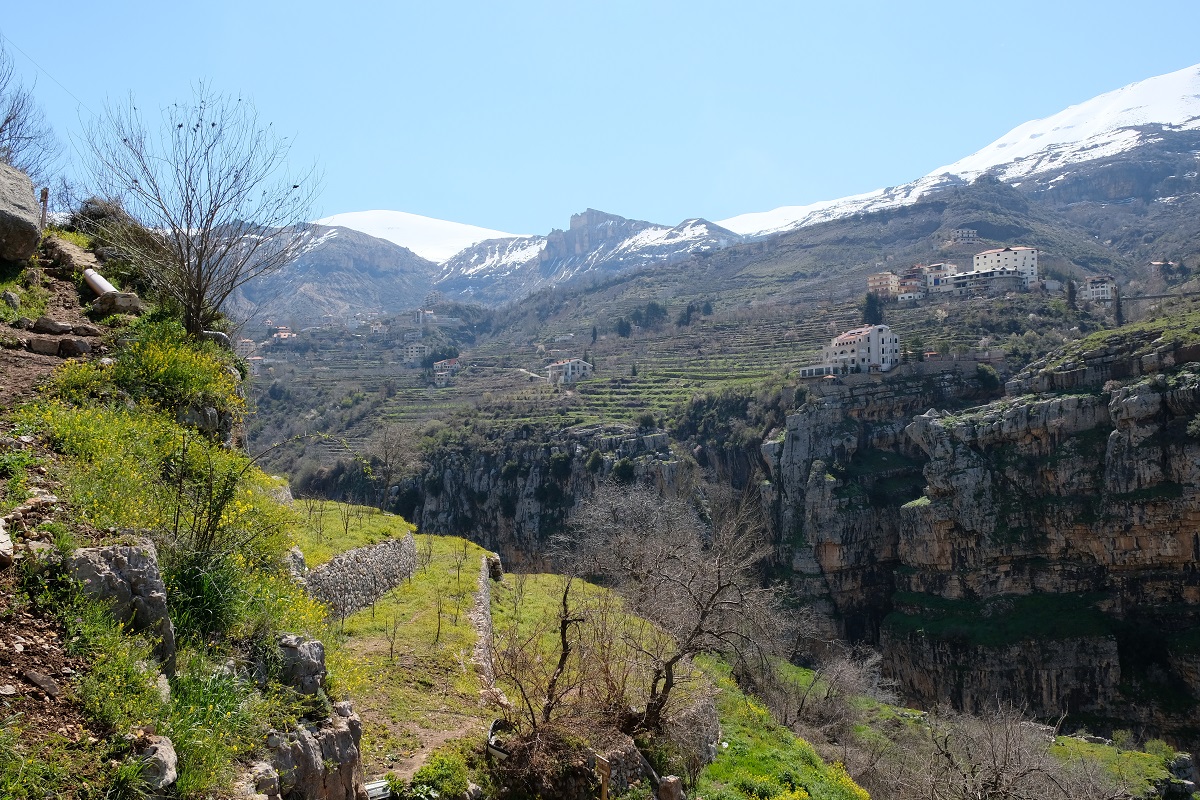



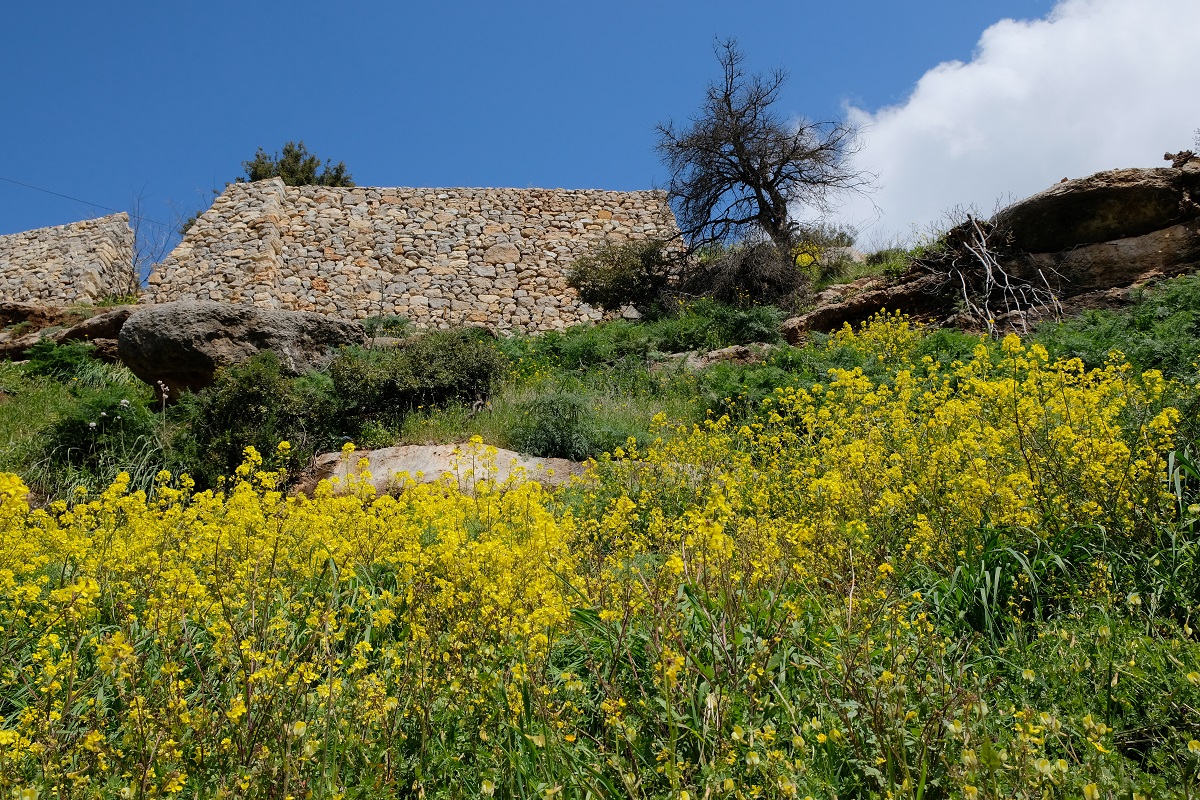



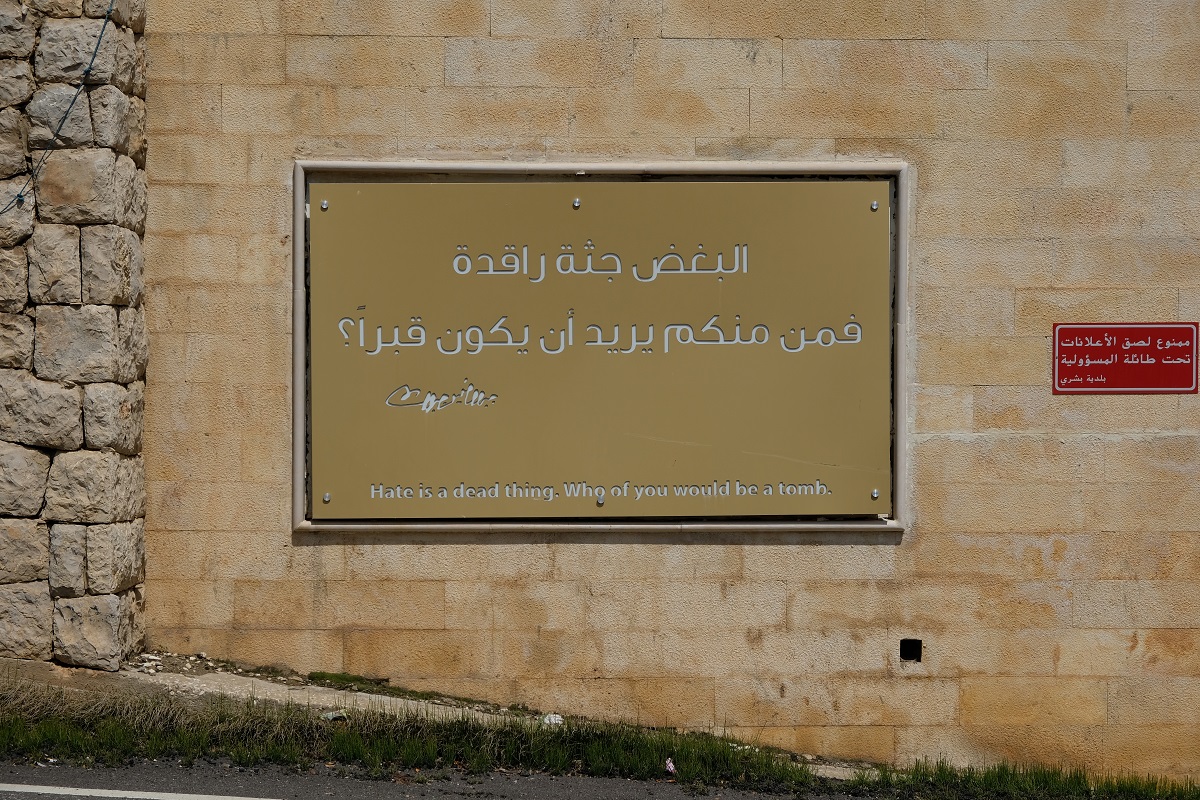
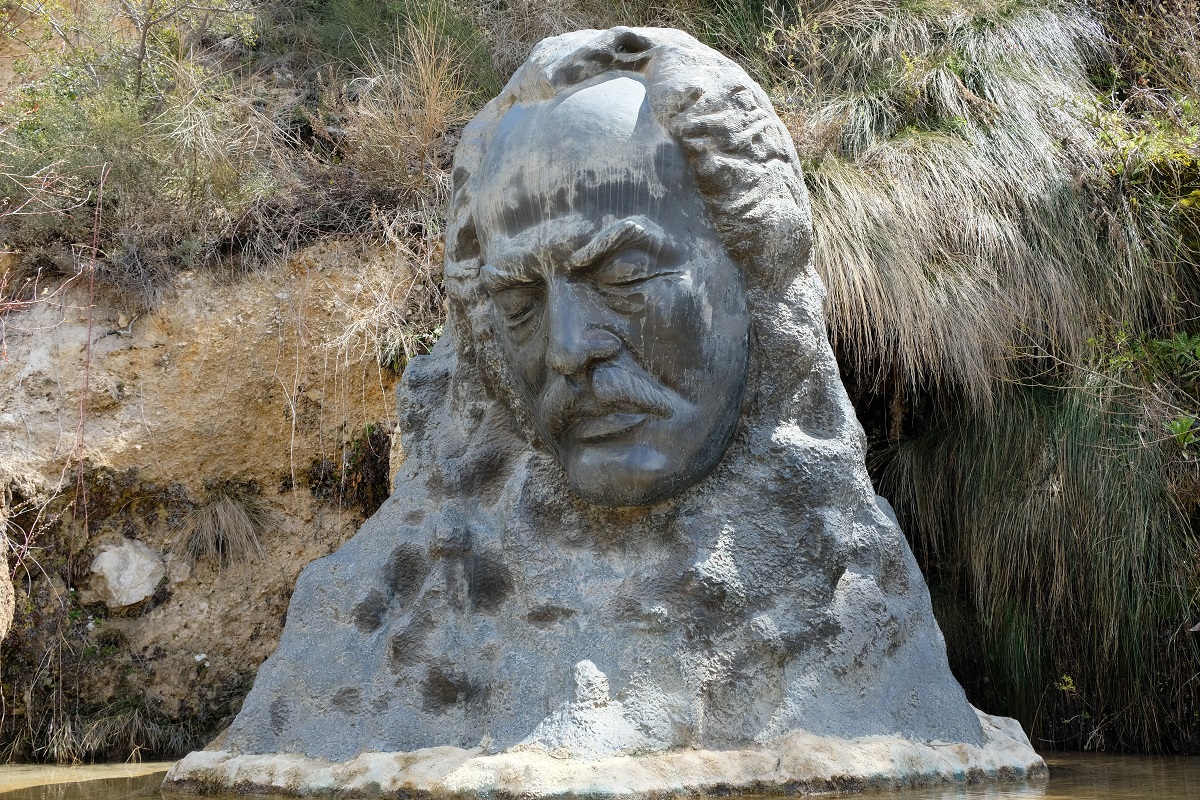
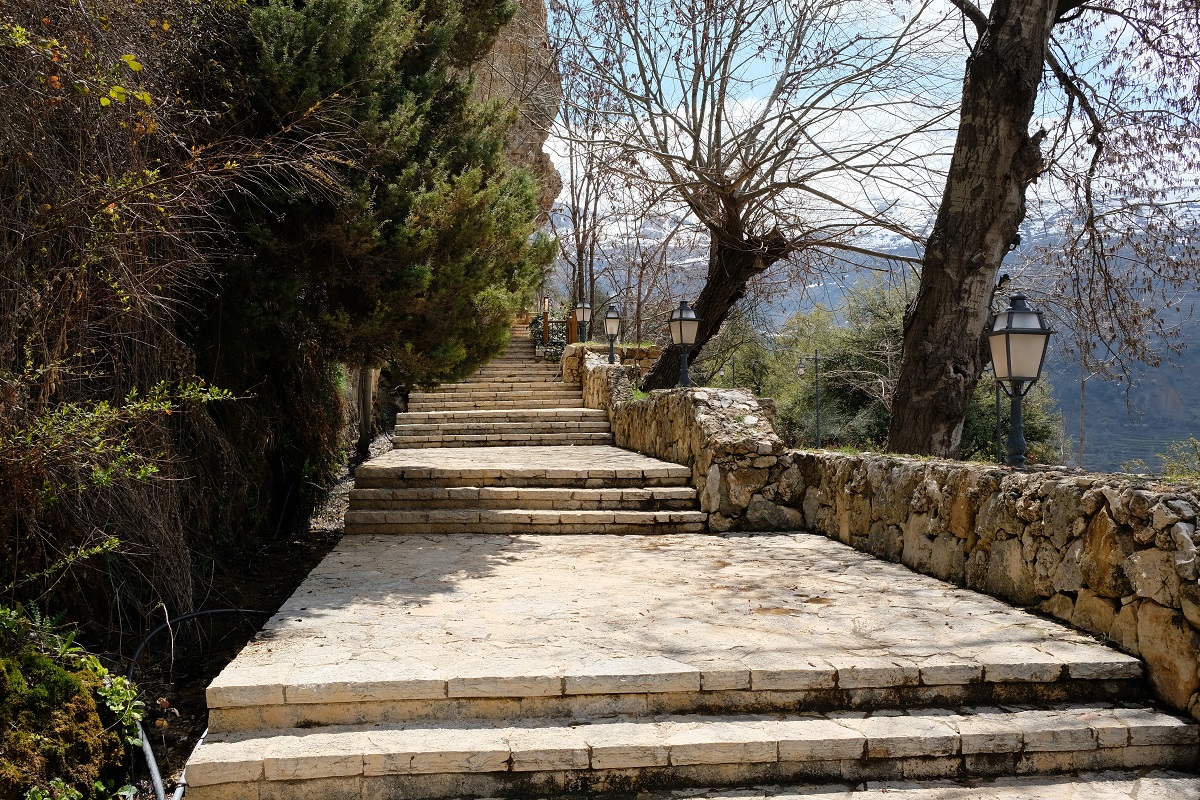

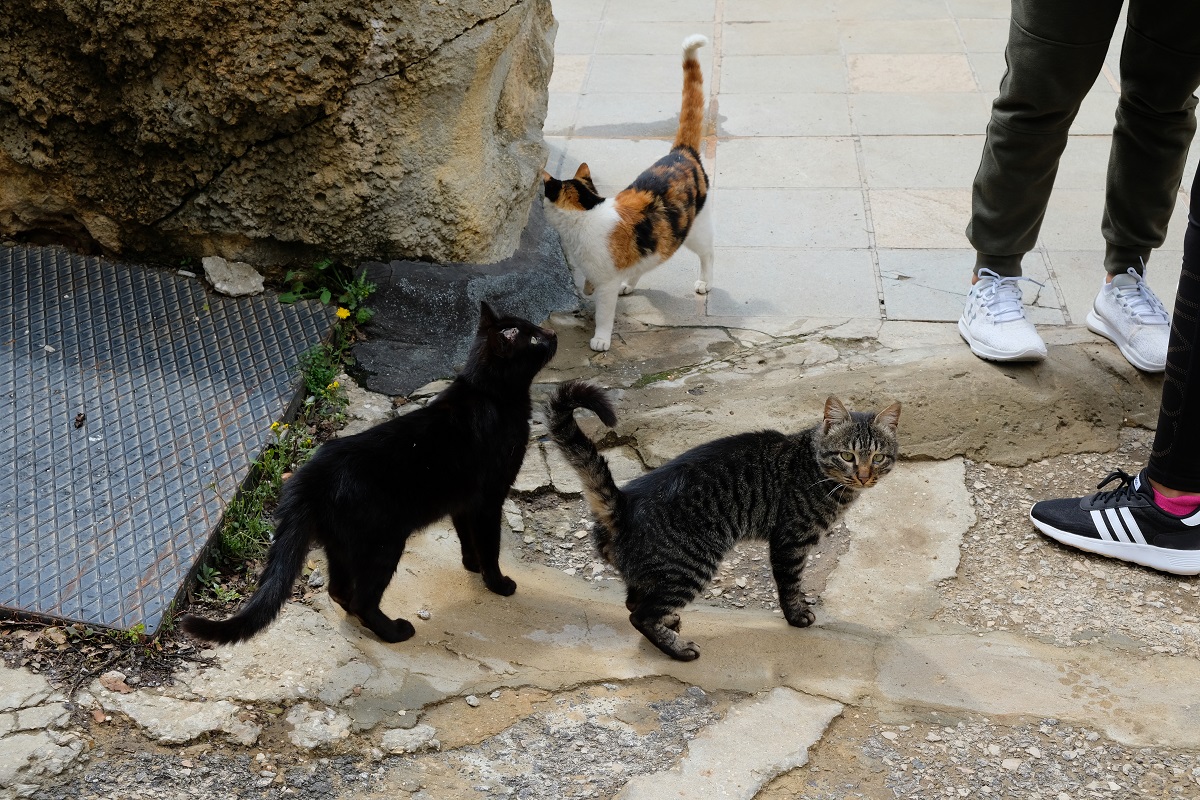
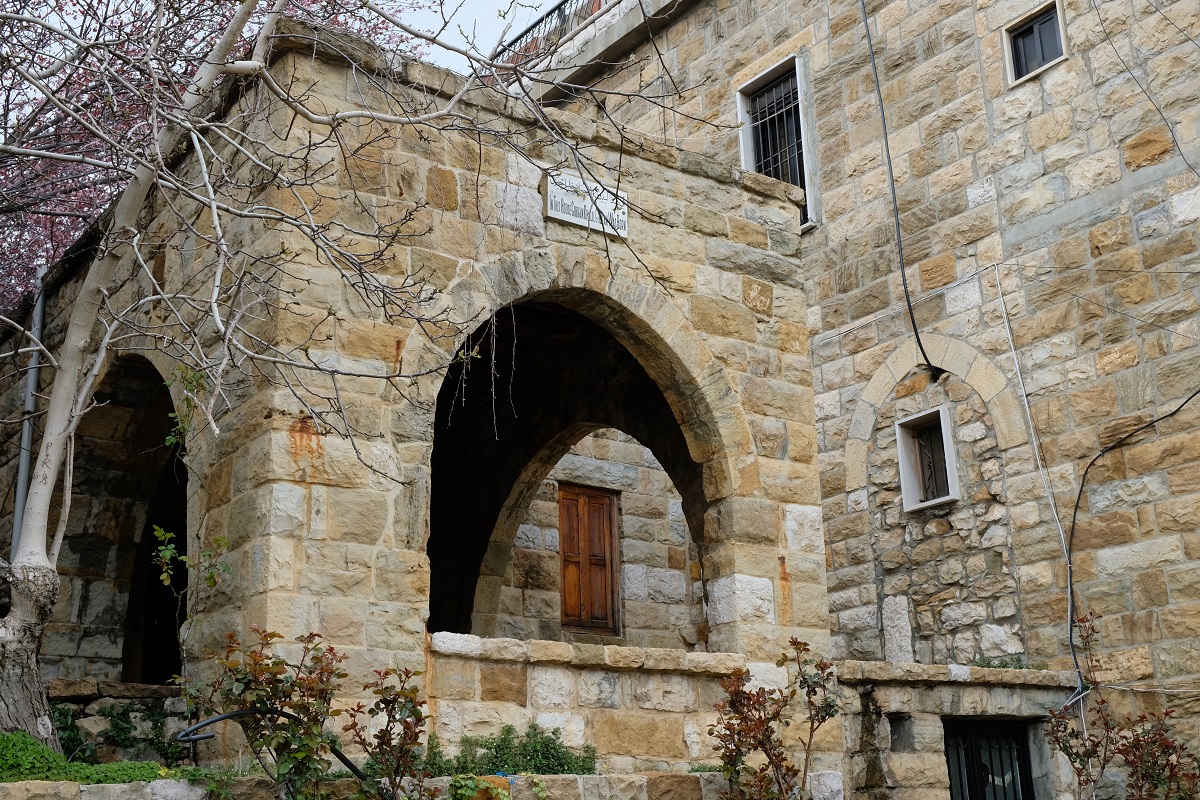

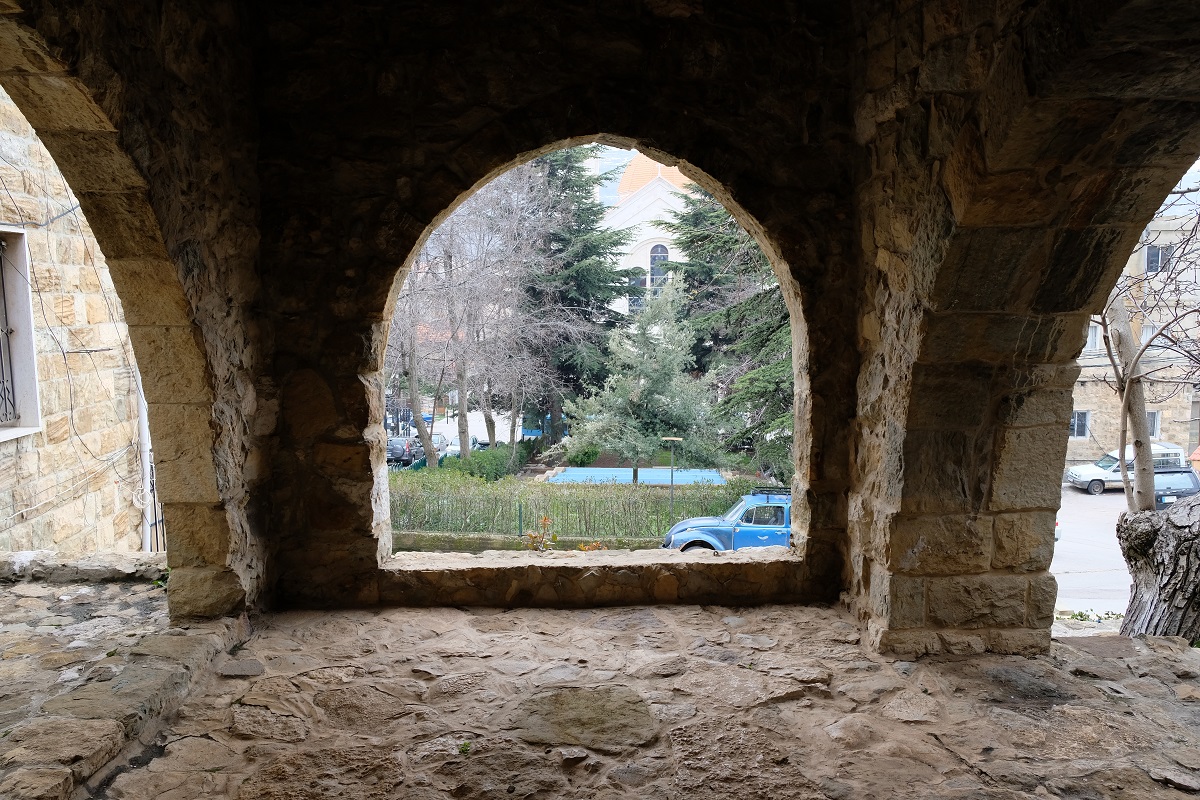
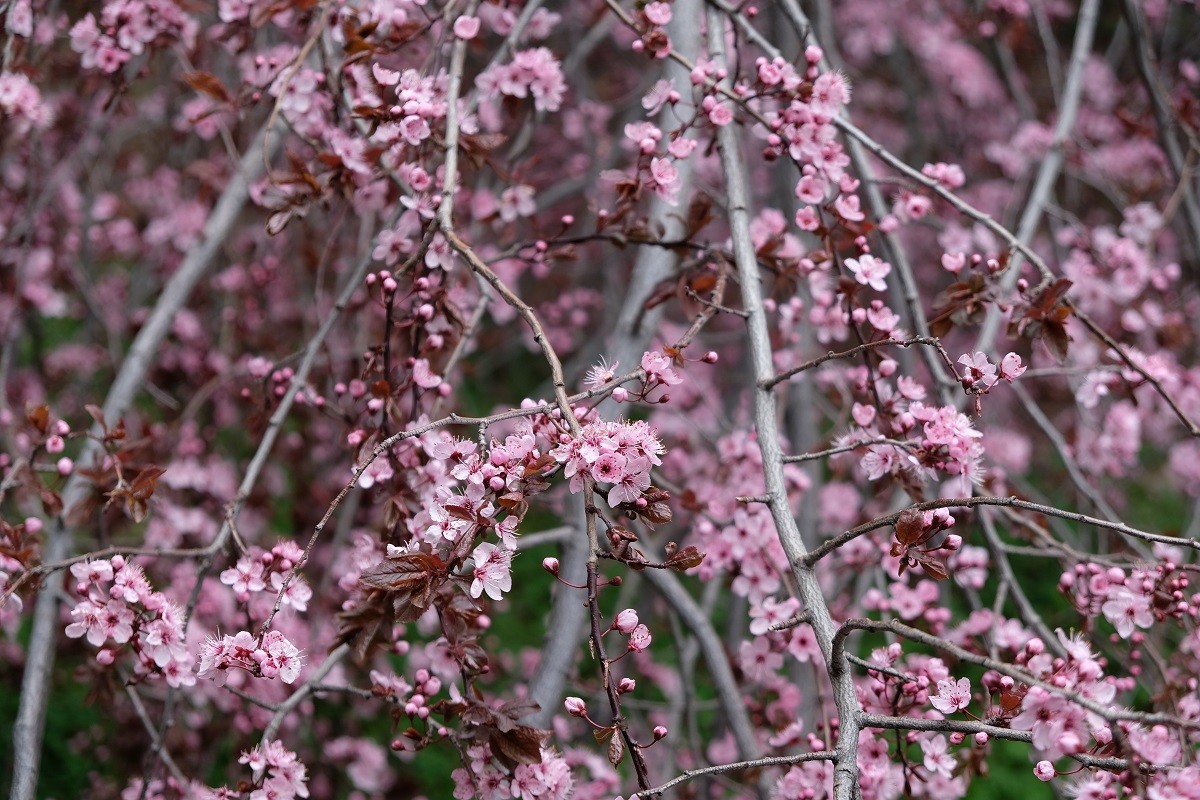
Thank you for transporting me to Khalil Gibran’s home town with your words and images. The views are breathtaking and definitely not the sights I would expect from the Middle East. I found Rafael charming in spite of (or perhaps because of) his rare smile. And oh, all those cheeses. I do not know when I will have the opportunity to travel here in person so I greatly appreciate the visit through your lens.
LikeLiked by 1 person
I wish I’d read at least one of his books before going to Bsharri. However, it still was a nice visit, although photography is not allowed inside the museum. If you do get the chance to visit this part of Lebanon one day, you should stay at Rafael’s place (I’ll give you the details).
LikeLiked by 1 person
Oh wow, now I have to go there! Thank you for taking the time to share this wonderful story about a magical place.
LikeLiked by 1 person
Much appreciated! Lebanon is not that touristy yet, so it’s better to go there sooner than later.
LikeLike
Stunning pictures. I would not have expected this landscape in Lebanon. Great post!
LikeLiked by 1 person
Thank you! Lebanon is one of those places whose beauty is often eclipsed by its dark past. Fortunately things are a lot better now and throughout my trip there security was never an issue.
LikeLiked by 1 person
That’s good to know, maybe we’ll have to look closer at it for an upcoming trip.
LikeLiked by 1 person
Wow what an epic trip you two had! I have always been very curious about Lebanon. It looks so stunning! And to see the mountains too
LikeLiked by 1 person
We knew Lebanon would be special, but we didn’t expect the country to be this beautiful and spectacular. Your French would definitely help a lot when you go to Lebanon one day.
LikeLiked by 1 person
Yes I sure want to visit! 🙂
LikeLiked by 1 person
Green valleys, snow-capped mountains and buildings on the cliffs? These sights are definitely not what I would expect from the Middle East 🙂 So amazing! How did you find information about this place? Is it difficult to organise transportation in Lebanon?
LikeLiked by 1 person
I keep some photos of this part of Lebanon in my mobile phone, and every time I show them to the people here in Jakarta they’re always amazed by the fact that this is all in the Middle East. For the hotel in Al Arz, it was James who did the research. But for Bsharri it was my idea. Due to our limited time in the country, we decided to use taxi or private car to get from one place to another, and this was easily arranged through our hotels.
LikeLiked by 1 person
Bama, this is just a mesmerizing journey in Lebanon you have been on, they way you captured, the footsteps of Khali Gibran, I had read his famous book ” The Prophet” when I was a teenager and fascinated by his wisdom. I didn’t know that there were so many Christian churches in Lebanon. I thank you so much for this post, I truly enjoyed with so much pleasure.
LikeLiked by 1 person
Much appreciated, Cornelia. I should’ve read at least The Prophet before going to Lebanon to better appreciate the great writer. Even so, it was hard not to be mesmerized by his work displayed at the museum.
LikeLike
Hi Bama, once you read “The Prophet”, all your experiences of visiting his place will come together. Enjoy the read.
LikeLiked by 1 person
Even more reason for me to buy a copy. Thanks Cornelia!
LikeLike
Nice entry – I always enjoy reading your blog and looking at your pictures. I don’t know what you do for a living, but I hope you can travel full time.
LikeLiked by 1 person
Thank you! You’re very kind. Actually two months ago I started a new job also in the financial industry here in Jakarta, Indonesia. Four years ago I traveled for six months across South and Southeast Asia, and in my fourth or fifth month of traveling I realized that I wouldn’t be able to travel full time because I like the sense of belonging to a place. However, I wouldn’t mind traveling for a few months again one day in the future.
LikeLiked by 1 person
I love this series of posts, Bama. What a blessing that you got to experience this beautiful spot in sunny weather. I love Khalil Gibran’s wisdom ever since I discovered him as a university student thirty years ago, but also never knew about his art until I visited an art exhibition of some of his works and words at the Sharjah Art Museum a couple of years ago. Such a lovely surprise.
LikeLiked by 1 person
Thanks Jolandi. Sharjah is actually a part of the UAE that I’m quite interested in visiting — that curving roof of a pavilion on Al Noor Island is one of the things I most want to see in the city. Speaking of Khalil Gibran, I really should read at least one of his books.
LikeLike
Great post Bama. What a beautiful place, and your photos are fabulous. I can see why you fell in love with it. I do hope you’ve now read some of Gibran. The Prophet is worth reading.
Alison
LikeLiked by 1 person
Thanks Alison. This weekend I really should go to a bookstore to find that book. Perhaps it will make me want to go back to Bsharri even more.
LikeLiked by 1 person
Wow it’s magical, Bama. The scenery is fantastic and it sounds like you had such a lovely experience visiting this town. Indeed people don’t picture this when they think of Middle East! I remember reading as a child that Lebanon is the only Middle Eastern country without a desert, and this post shows it! 🙂
LikeLiked by 1 person
I certainly had a great time in Bsharri and Al Arz, although the place I went to right after them was no short of astonishing. Now that you mentioned about it, I really can’t think of any other Middle Eastern country that doesn’t have a desert.
LikeLiked by 1 person
Bama, like you, I wished I had read The Prophet before our trip to Lebanon – it would have made me appreciate Bsharri and Gibran himself that much more! I first heard about this area, the immense gorge of the Qadisha Valley, and Gibran from my brother, but I don’t think I ever fully grasped how significant all three of them were for Lebanon as a whole. This post is a lovely walk down memory lane. Had we budgeted in an extra day in the mountains, I’m sure we would have hiked the valley proper. Rafael did mention that it took about 6-8 hours and I recall Waleed saying he’d be happy to guide us the next time we go. I hope you’ve kept his contact details!
LikeLiked by 1 person
I still can’t believe our luck because Rafael and Waleed told us that it was the first sunny day in this part of Lebanon in weeks! We really should go back to Bsharri because from what I read it sounds like hiking in the valley is quite an experience, and it would be nice to see those old monasteries ourselves and imagine how life for the monks was like thousands of years ago. One day!
LikeLiked by 1 person
Another beautiful look at Lebanon. You seem to (at least sometimes) choose your destinations the way I do – by connections to childhood books, a random literary figure who came from there, a chance look at a brochure somewhere, etc.! I think it’s those connections to our whole history of interests that makes travel really come alive.
LikeLiked by 1 person
Now that you mentioned about it, sometimes I do go to places which I had read about when I was a kid — Osaka is an example. It always evokes this amazement every time I see such places with my own eyes, and it never fails to make an unforgettable travel experience.
LikeLike
This valley looks really lush! And it’s great to see how there seem to be two seasons going on there, spring with flowers on the lower grounds and still winter in the higher passes. I must admit, I never read about Khalil Gibran, I’ll check it out!
LikeLiked by 1 person
Exactly! It was amazing to see snow and vibrant flowers at the same time, although those apple trees might need to wait until summertime to start growing leaves.
LikeLiked by 1 person
Kahlil Gibran was a poet I turned to during my teen years growing up in South Africa. Why? I cannot answer that, but his words touched me deeply and made an impression on me.
“Love one another, but make not a bond of love: Let it rather be a moving sea between the shore of your soles.”
“ Ever has it been that love knows not its own depth until the hour of the separation”.
I used calligraphy to make large posters with paintings copied from his work, to accompany Gibran’s quotes. They were on all sides of my bedroom. So it is with great interest that I now read your post about, and see, his home, his beautiful surroundings. In addition to being a novelist and poet he did many drawings and paintings.
Wonderful photos and a joy to read about the epic Lebanese hospitapity.
Peta
LikeLiked by 1 person
That means you’ll have an even more profound feeling when you visit Bsharri one day for all of the town’s past connections with Khalil Gibran and his words that resonated through your teenage years.
Honestly I myself felt quite touched by some of his words which were engraved on those signboards near the museum for I can relate the things he said to some of the circumstances that are happening in the world today.
Thanks for reading, Peta. I really hope you and Ben will get the chance to visit Bsharri one day!
LikeLike
Enjoyed your journey to Maronite Christian region. I was wondering why there are so many unfinished building in this village – grey structures in one of your picture. Great pictures, as always!
LikeLiked by 1 person
They’re basically unfinished houses. Construction would probably have resumed as of today when the weather is warmer. Thanks for reading!
LikeLike
OK. I thought it had to do with the civil war. Thanks for the info
LikeLiked by 1 person
You’re welcome.
LikeLiked by 1 person
I continue to be amazed by your Lebanon posts, and this one especially—not what I expected the country to look like. The scenery with the snowy mountains and plunging waterfalls is so dramatic and I can’t get over the buildings on those sheer cliffs. I love your story about receiving the 4 apples.
LikeLiked by 1 person
Words really can’t describe how amazing the Qadisha Valley was. The fresh air, the beautiful landscape, the tranquility, the sweet apples… it was an experience for all the senses, indeed.
LikeLiked by 1 person
Reblogged this on Misled Meg's travel blog.
LikeLike
Pingback: A Valley Between the Snows | What an Amazing World!
How beautiful is this place. And to imagine you went to the childhood home of the great Khalil Gibran himself! Love reading your long articles, as usual…
LikeLiked by 1 person
Pictures can’t do this place justice. Even the most well-seasoned travelers would be mesmerized by the beauty of this valley. Thanks for reading!
LikeLike